
Guest post by R. Ballantine
When you gaze up at the skies above Newark, you’re privy to a blue expanse that is forever frenetic with the sight of airplanes visiting from all four corners of the Earth. Every day, hundreds of aircraft from Europe, Asia, South America and beyond fly above us… if you pay close attention, you recognize the airline liveries of these airplanes, and you begin to wonder what unique places they have come from, and what human stories are unfolding as they descend and ascend skyward from our own international hub: Newark Liberty International Airport.
During its existence, Newark Airport evolved into a great symbol of a globalized and interconnected world. Our pompous Cross-Hudson neighbor, on the other hand, shares a far less generous point of view. For them, it is a history of reducing our airport, like our fair city, to the butt of a tired old joke.
This is not just any simplistic rivalry; it bites into a long-seeded insecurity that has been linked to the history of Newark Airport for nearly a century. While our neighbor NYC extolled the breadth of its transit system and the splendor of its skyline, for a large part of the 20th Century, we were beating them to the forefront of aviation technology. This is the history of how Newark Liberty International Airport became an aviation pioneer, and like its namesake home, endured great turbulence to reach its place as a gateway to an ever-shrinking globe.

120 feet in 12 seconds. That’s all it took for the Wright Brothers to prove to the world that heavier-than-air craft could successfully take flight. Before this great achievement in 1903, the planet seemed like an insurmountable and time-consuming mission to travail. The airplane’s advancement was propelled by engineers and inventors pushing the limits of technology, backed by eccentric and rich patrons looking to make a mark on human history. It was during the First World War that the technology of flight had sufficiently progressed to where mail and cargo could be flown to far-reaching destinations in the United States, and entrepreneurs began testing the possibility of sending paying passengers into the sky.
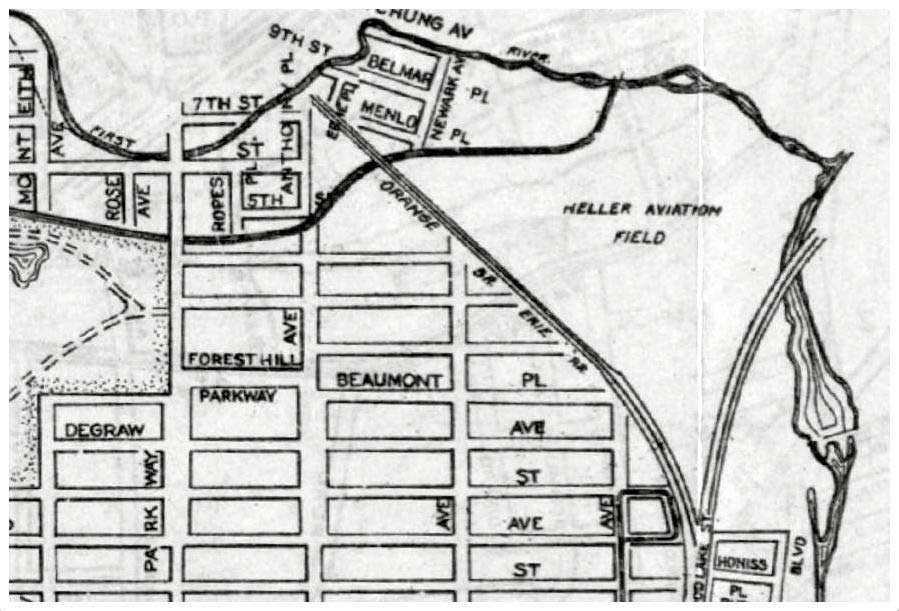
Newark’s first foray into becoming a major aviation hub began with Heller Field, once located on the border of Belleville and Forest Hill in the North Ward. Founded in 1919, it was originally intended to serve as the United States Postal Service’s base of Air Mail operations for the Eastern Seaboard. This first experiment, however, was short-lived. The airstrip proved too short, and the approach into the field proved difficult for pilots, resulting in several early accidents. Heller Field was closed in 1921 and in the 1930s its site was taken to make way for the Belleville Extension of Branch Brook Park.
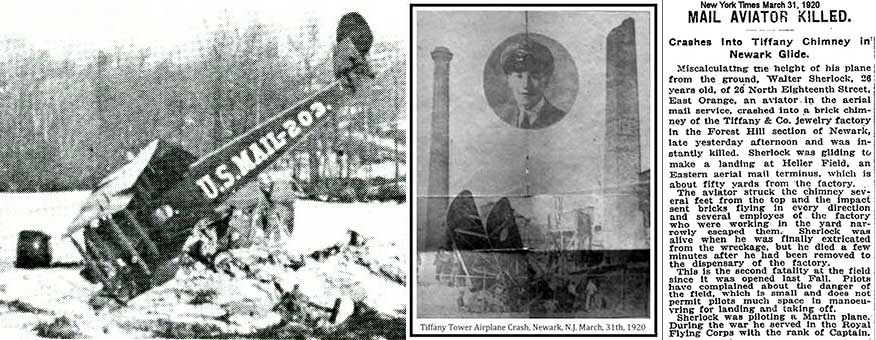
The second attempt at an airport was not in Newark itself. Hadley Field was built 26 miles from the Brick City near New Brunswick, its opening coinciding with Heller Field’s closure that same year. While Heller was deemed too close to dense urban populations for safety reasons, Hadley was viewed as too distant from the major urban centers to be practical.

Gears began to turn amongst the business elite of Newark about what aviation could mean for the growth of the city, Newark Port was not enough to attract the inflow of trade to fuel the mills and factories that enriched the city’s coffers. City elites, the mayor, and Secretary of Commerce Herbert Hoover began to tout the need to return air operations back to Newark. They argued that without this important piece of municipal infrastructure, Newark would never be able to economically overtake its rival NYC. The fate of Newark’s future as ‘The Metropolis of Tomorrow’ would stand in the balance if we did not act post haste!
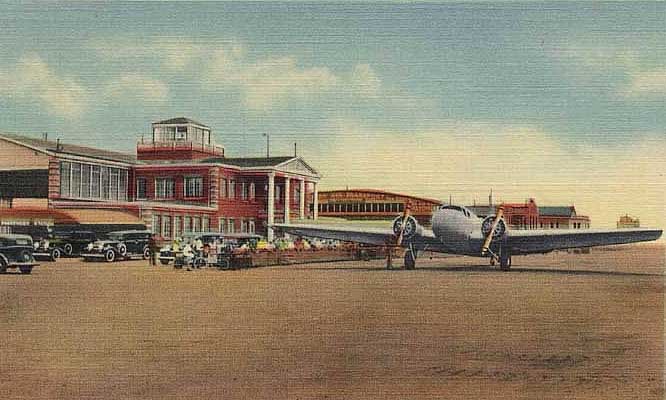
This time, city and federal officials would not repeat the same mistakes of Heller Field. They needed to build the airport in a part of the city that allowed for future expansion and was still distant enough from residential districts to avoid noise complaints at best, and accidents at worst. This site proved easy to find – large swaths of marshland once known as the Newark Meadows were terra-formed, and millions of tons of landfill were used to raise a 68-acre plot of land six feet above sea level. On October 1st, 1928, Newark Metropolitan Airport opened for business. It became the first airport in the United States with a concrete runway, dedicated hangar, control tower, and other components we associate with modern airports today. The first plane to land at Newark Airport was an international flight from Montreal, and in 1929, the USPS moved all its air operations from Hadley Field to Newark Airport, boldly proclaiming it “The Most Important Airport in the World”.
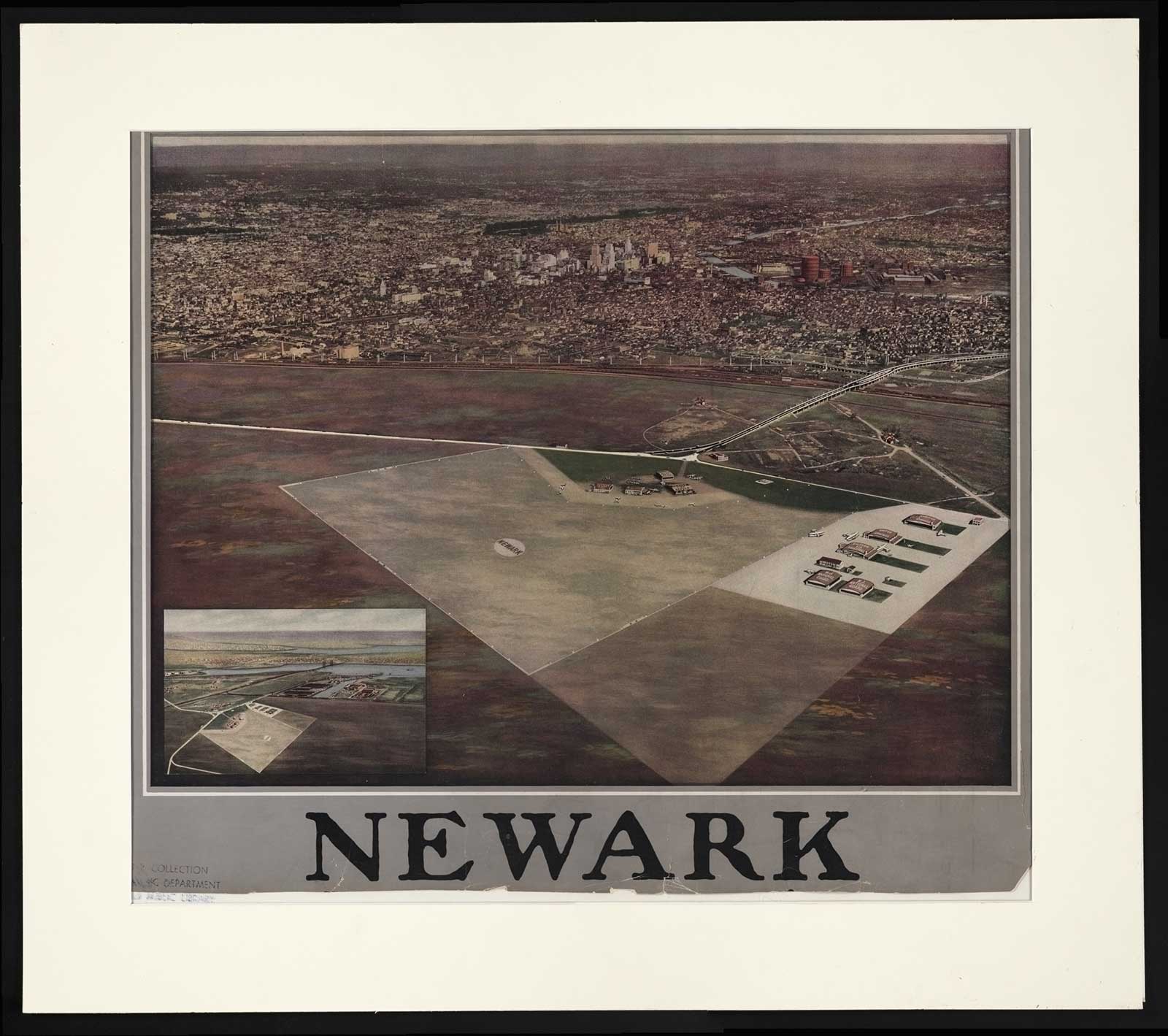
Newark elites and residents alike beamed with civic pride, their egos floating on cloud nine. While we toasted for our airport’s success, our neighbor across the Hudson took a dim view of our prospect. How dare they? How dare they outshine the greatest metropolis to ever exist upon the surface of the Earth? The nerve of those Newarkers to think that they can ascend above their station! Postulations like these were little more than hollow grievance, the corruption that ensnarled their municipal politics impeded our neighbor the political will, and economic backing, to have built a municipal airport before Newark. For once… we were laughing at their expense for their civic ineptitude.
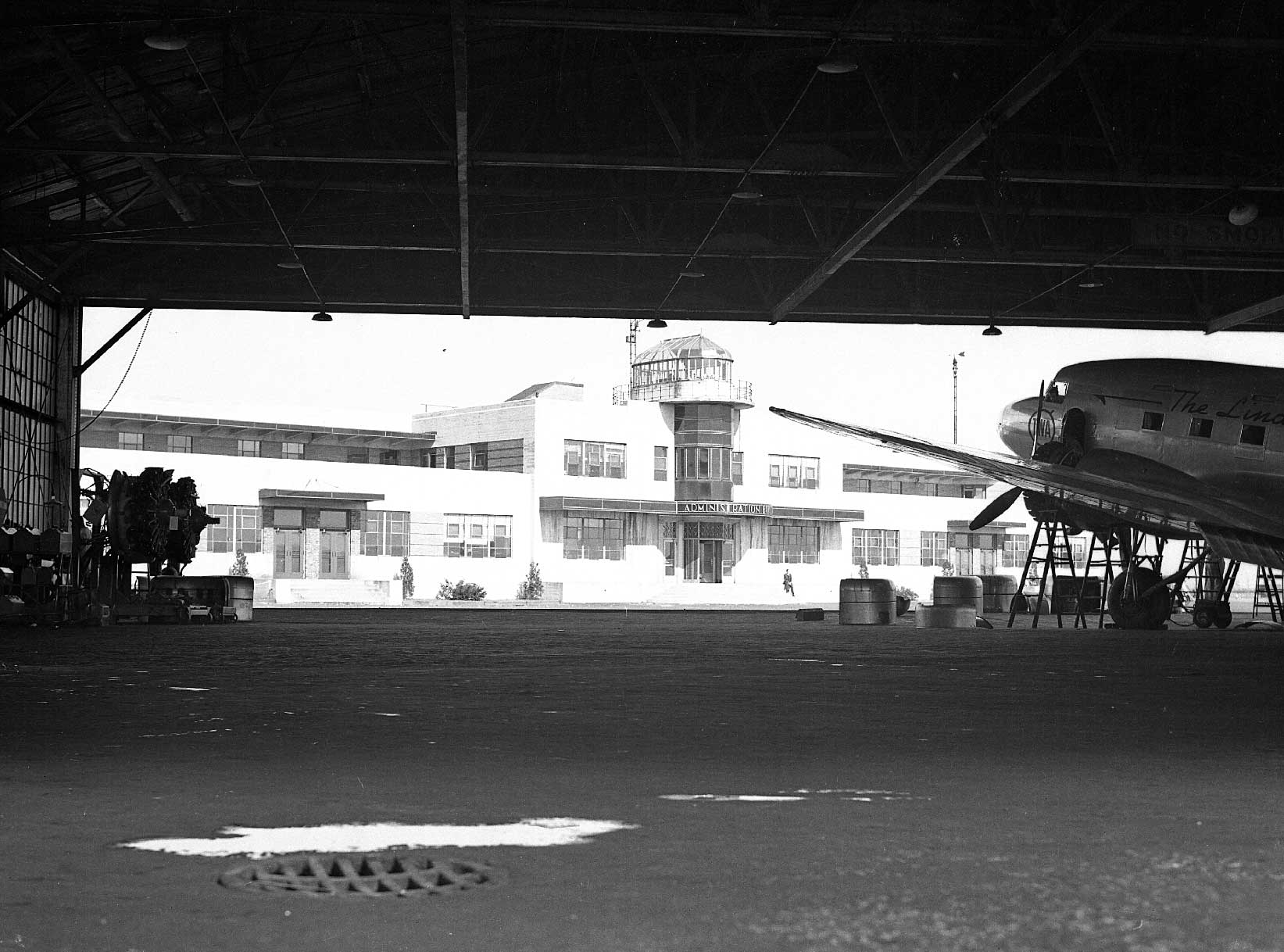
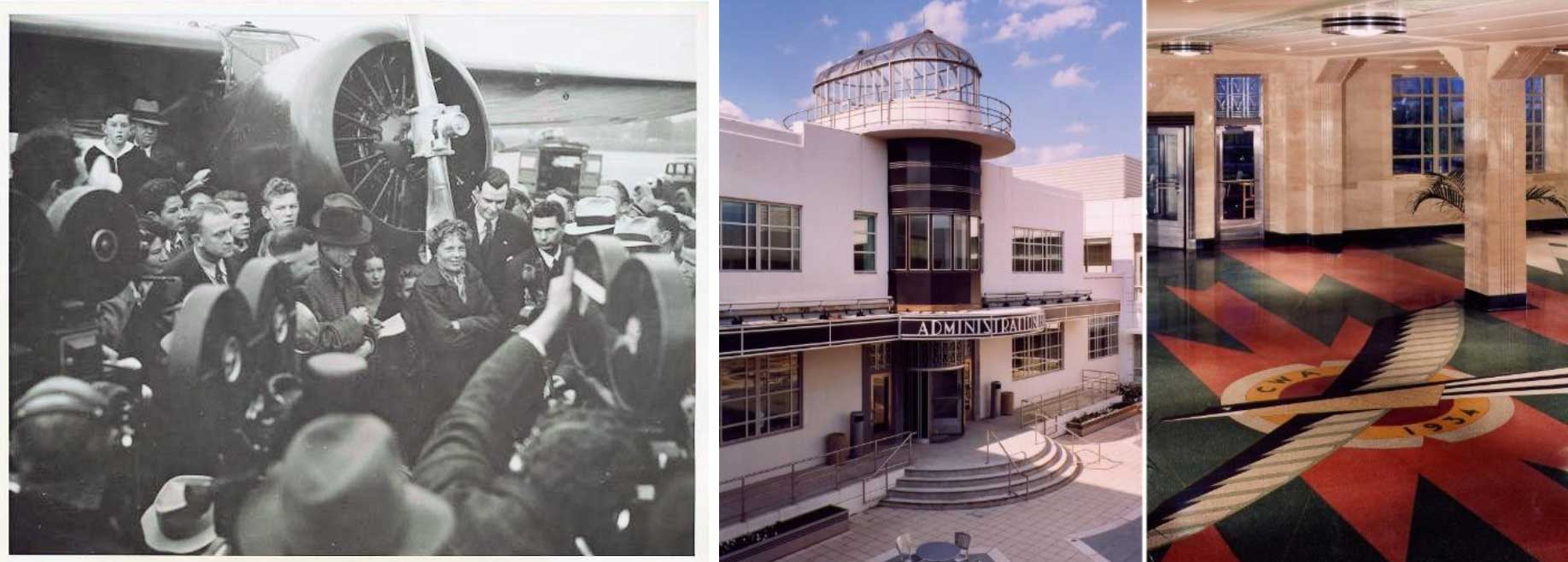
It took our neighbor electing a mayor whose bombast matched his city, and an imperiousness equal to that of his State, for the first real deprecations at Newark Airport’s expense to become engrained in the cultural lexicon: Fiorello LaGuardia.
In 1934, Mayor LaGuardia bought himself a ticket on a Newark-bound TWA flight from Chicago. When the airplane landed in Newark, LaGuardia refused to leave the aircraft. He heckled and quarreled with the airplane crew and airport officials on the grounds that his plane ticket spelled out “Chicago to New York”. As far as he was concerned, TWA did not fly him to his destination and demanded the pilots to fly him to where it was indicated in his ticket.
The press was present for this whole ordeal, being invited onto the plane to interview Mayor LaGuardia. This stunt was purposefully orchestrated so that he could make his point across that his city should have its own airport, and not suffer the indignity of having to land and take off from New Jersey. The plane ultimately took off once again just to deposit this miscreant at Floyd Bennett Field in Brooklyn. In 1939, Mayor LaGuardia got his wish, having an airport constructed, and later renamed in his honor, using funds acquired under President Roosevelt’s New Deal programs.

The tug-of-war between Newark Airport and our neighbor was interrupted by World War Two, and after the war, management of Newark Airport was transferred to the Port Authority of NY in 1948 (Newark Airport’s land belongs to the City of Newark and Elizabeth, NJ). Newark Airport remained the epicenter of all air mail and cargo transport for the tri-state area, but its prestige as a passenger airport had declined from its 1930s peak.
Aviation technology once again advanced rapidly in the aftermath of WWII. Larger and faster airplanes were being developed by the likes of Boeing and Douglas Aircraft, and evermore passengers, mostly businessmen, were taking advantage of traveling by air over rail and sea for business trips. Newark still had one significant advantage over LaGuardia Airport; distance. With investment in road infrastructure such as the Pulaski Skyway, it was still considerably faster to travel from Midtown Manhattan to Newark Airport than it was to get to LaGuardia (A matter of fact that is still applicable today).
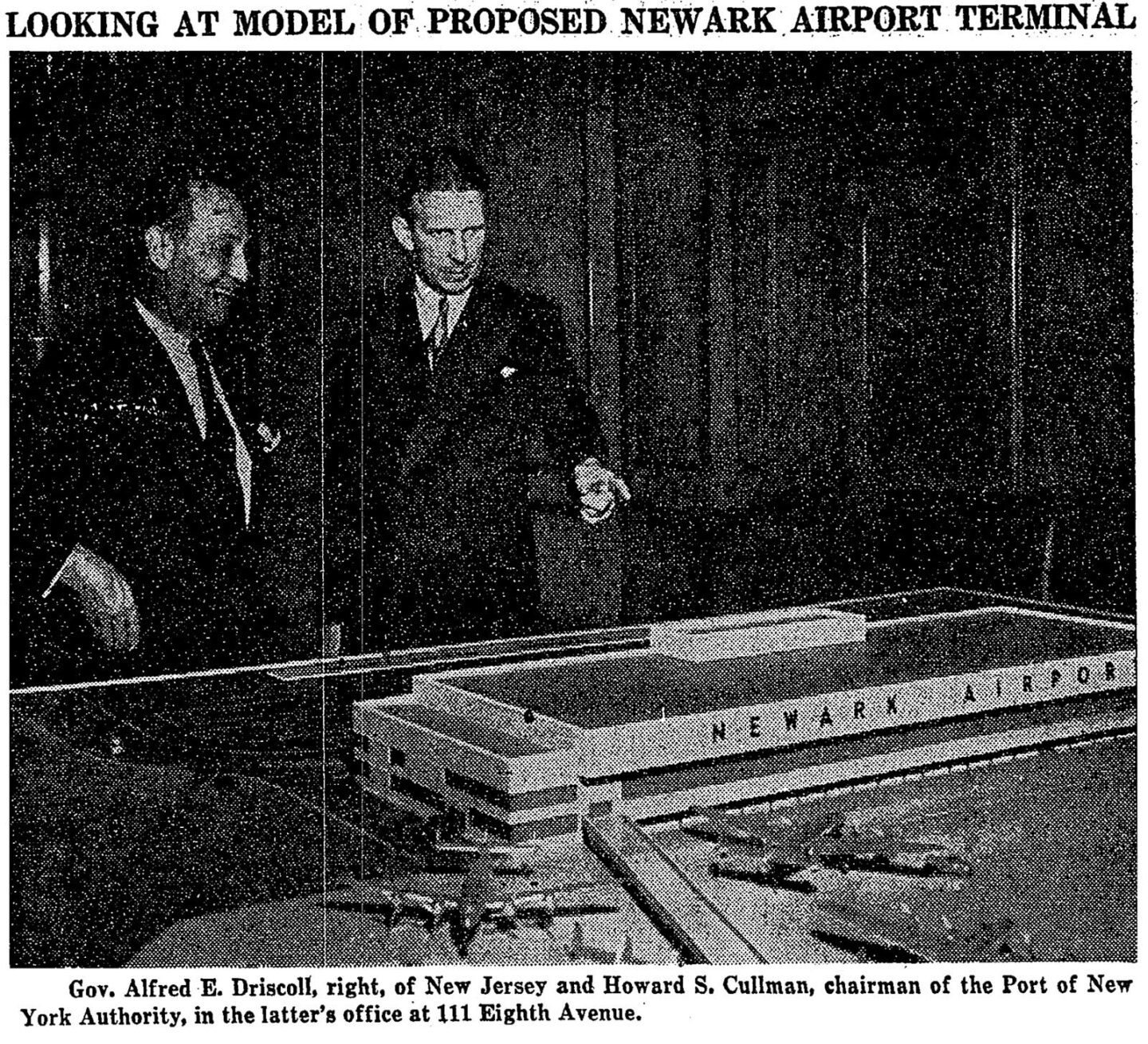
Under new management, the Port Authority of NY began the construction of a new passenger terminal to serve the growing number of travelers. But being first at this aviation milestone did not translate to being the best. A series of deadly accidents in the winter of 1951 and 1952 resulted in the closure of the airport for several months as an investigation was launched, discovering several failures in the management of the airport’s operations and safety procedures.
Some Newark and Elizabeth residents called for the permanent closure of the airport, but the decision was made to resume operations, implementing new sets of runway lights to allow for continued service at night, and new flight traffic patterns to direct planes away from Elizabeth’s airspace. Flying into and out of Newark Airport was becoming safer, but the months-long closure resulted in more airlines shifting passenger operations to LaGuardia and to the newly opened Idlewild Airport (later to be known as John F. Kennedy International).
These setbacks were not taken favorably with Newark officials and business interests. Newark Airport had briefly reigned supreme over the skies of the metro area, and now our cross-Hudson neighbor was taking away all our aviation glory, and profit. The 1950s and 1960s saw the introduction of the first jet-powered airliners and flying returned to being viewed as a grand and glamorous adventure.
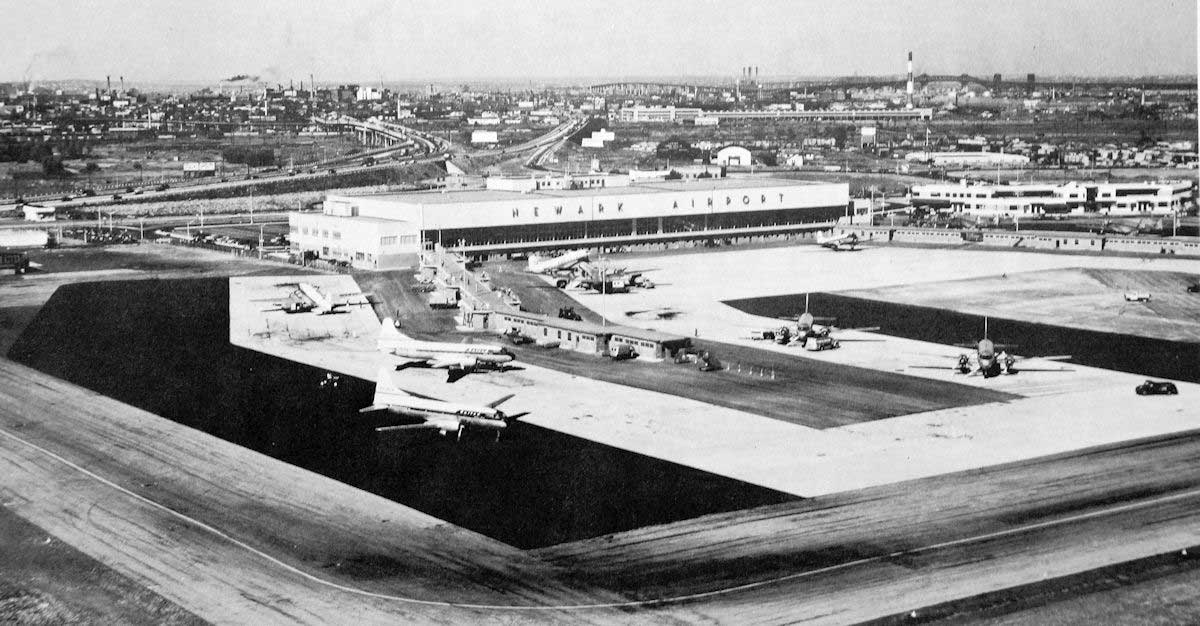
The ‘North Terminal’ as it was once known continued to expand to accept more aircraft and passengers, but it was obvious to airport officials that they could not treat the expansion of the airport in a piecemeal fashion. In the same way previous officials wanted to future-proof the airport’s growth in the 1920s, they now had to plan again for an airport ready for a jet-set tomorrow yet to come. Deep in the white heat of mid-century delirium, the Port Authority implemented the urban renewal mindset of throwing all they knew out the window to create an airport that was to be decades ahead of its time.
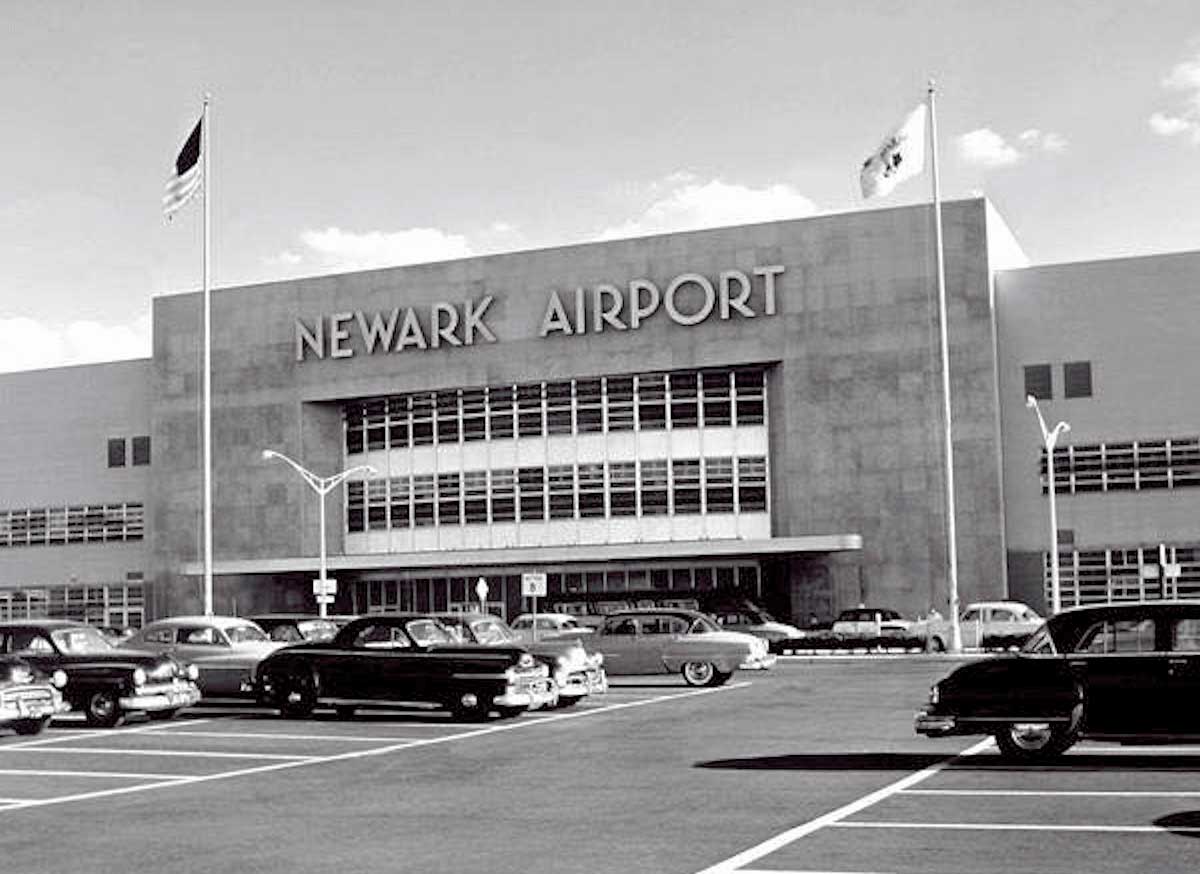
Newark Airport had the great bonus of having plenty of reclaimed land to expand and redevelop. Creating modern runways capable of handling next-generation airplanes, and building state-of-the-art logistics and customs facilities to ensure uninterrupted flow of cargo and mail for both national and international service. While the task of designing passenger terminals at LaGuardia and JFK had been left for the airlines, Newark would be holistically designed with a unified architecture, allowing for the easy circulation of passengers to connecting flights and different air carriers.
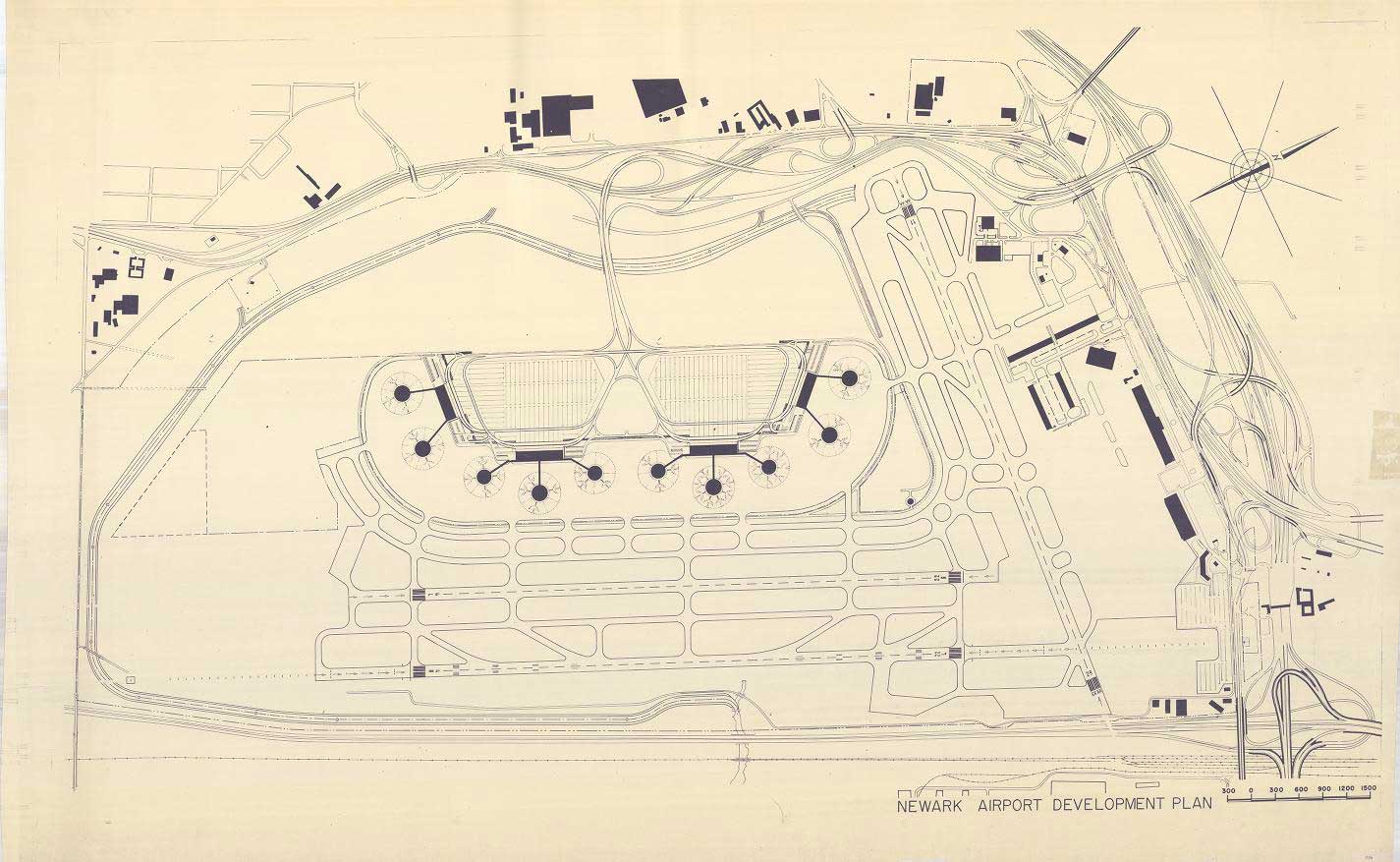
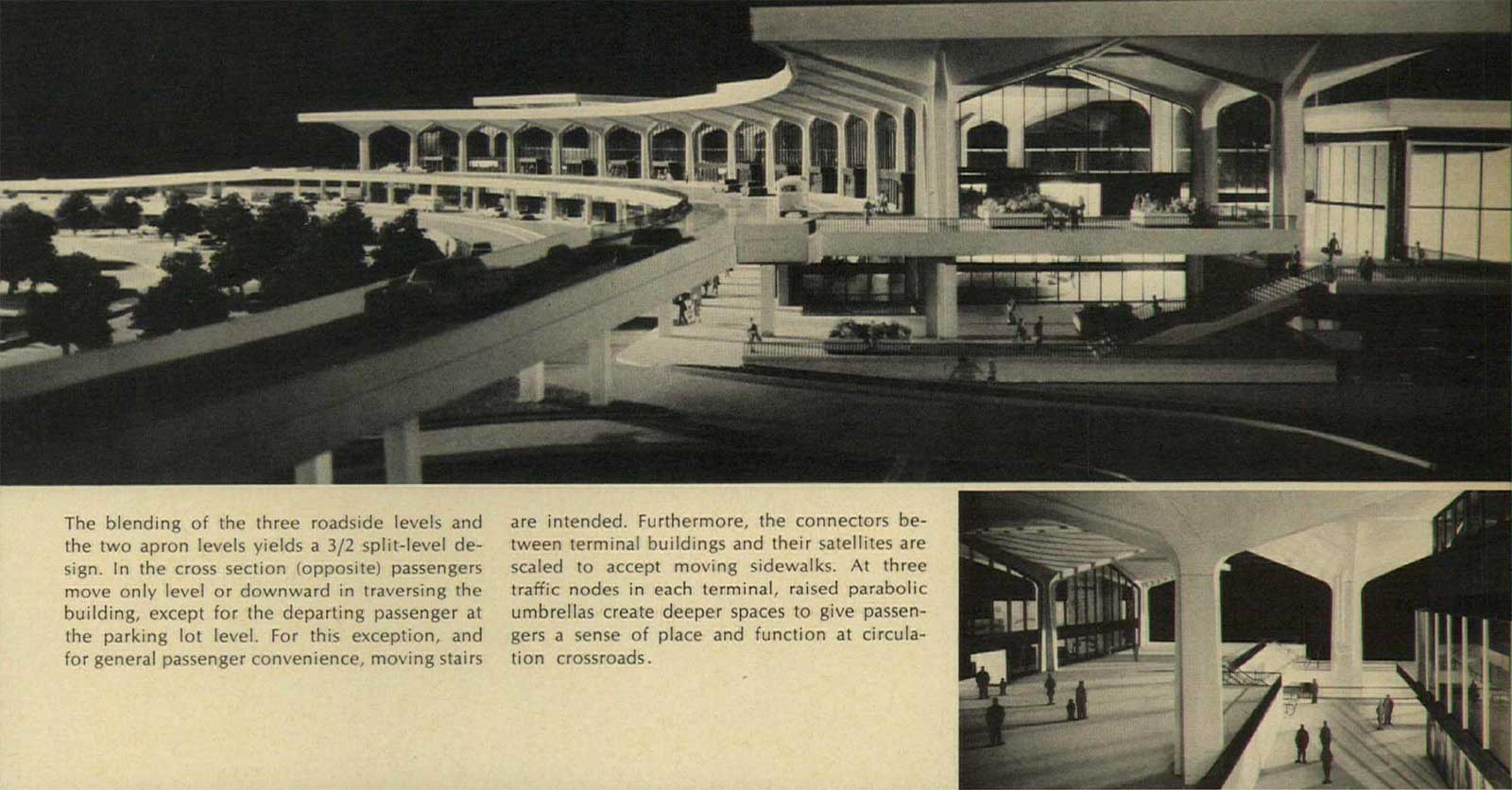
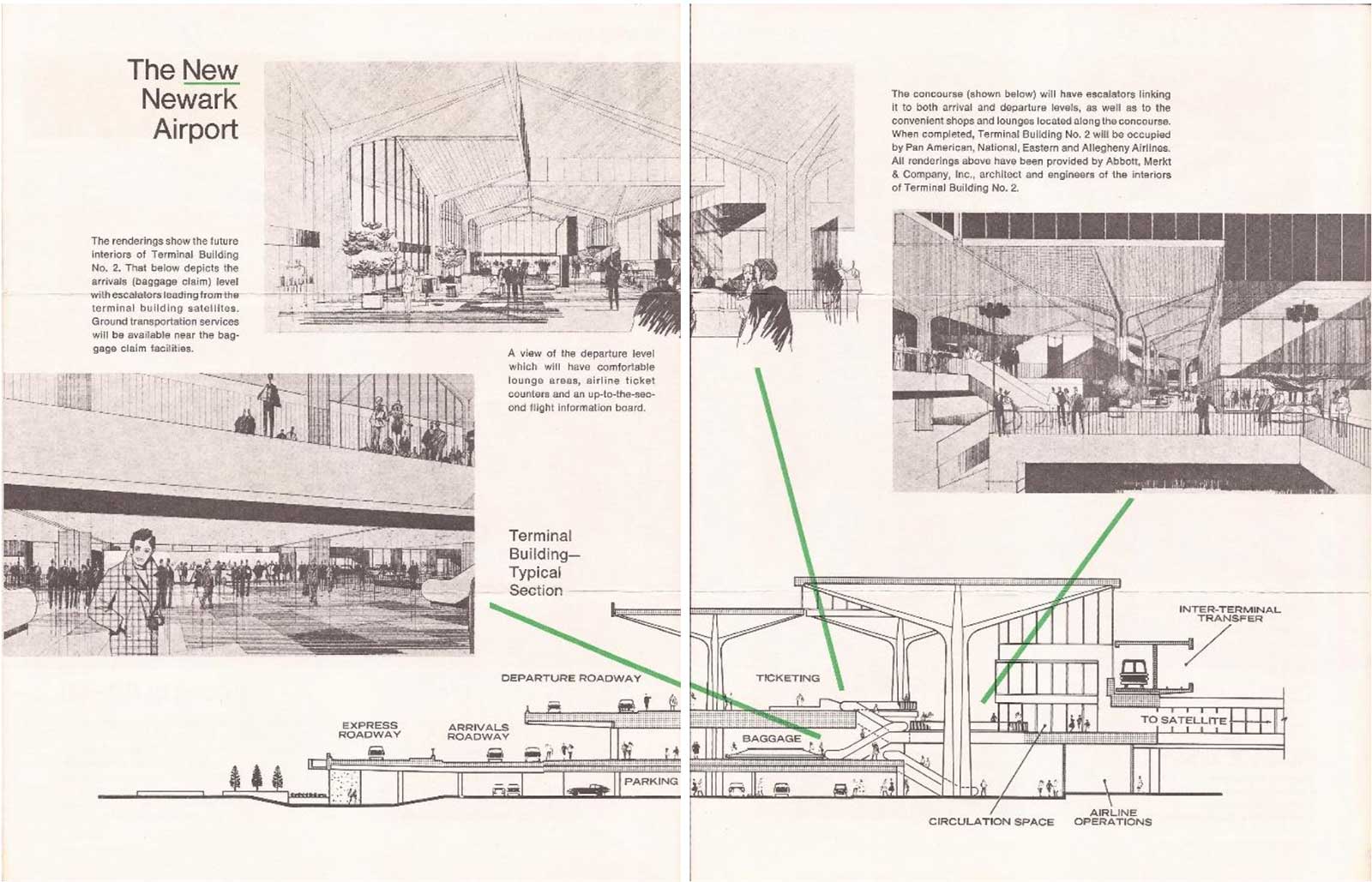
The level of integration, technology, comfort, and convenience one would experience at Newark would ensure that once again Newark Airport would stand a level above anything our cross-Hudson rivals could offer. The newly expanded airport, now known as Newark International, was inaugurated in 1973. The most technologically advanced airport in the United States was ready to open its boarding gates to the world… and nobody showed up.
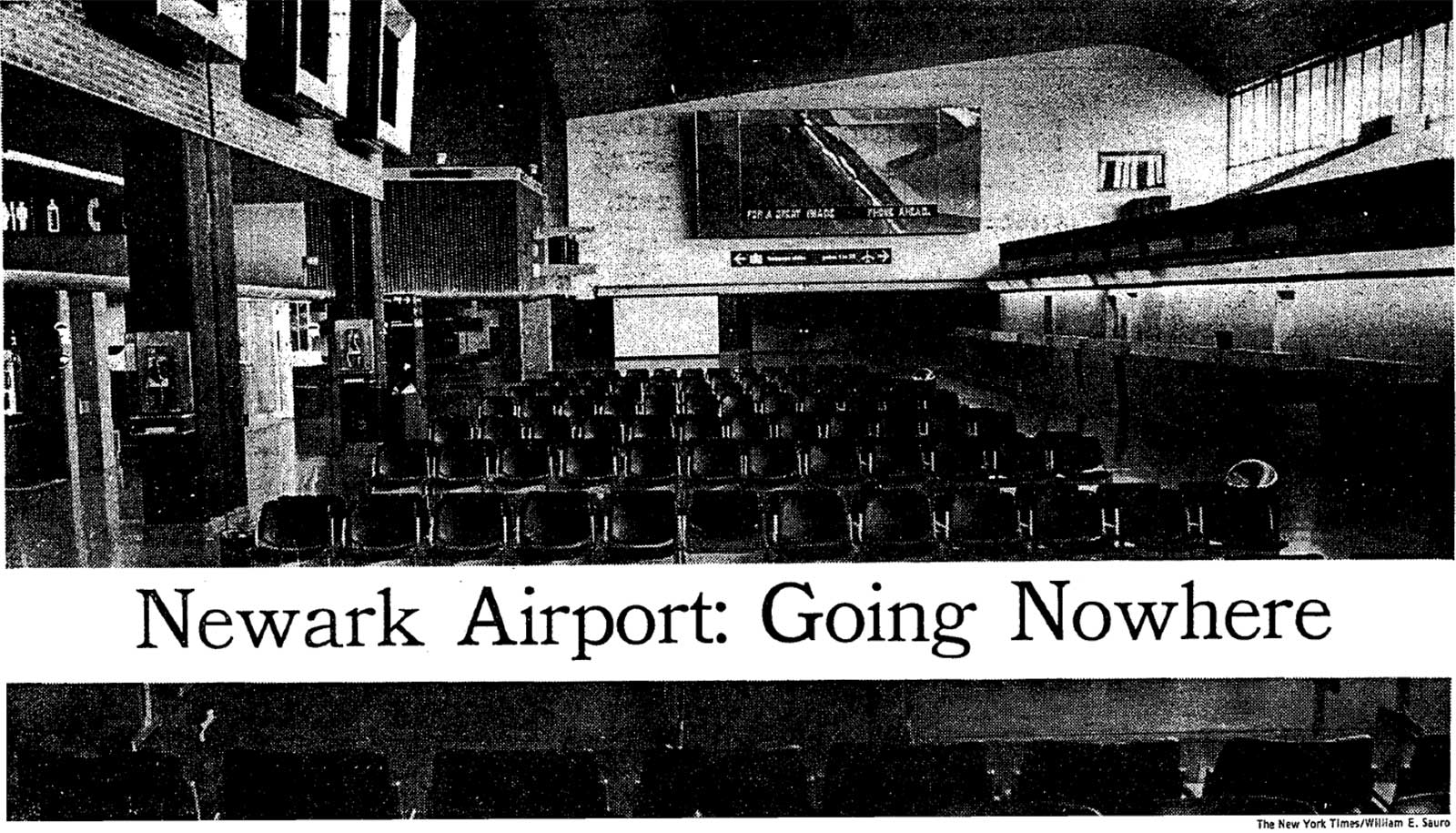
An airport that could now handle between 12-15 million passengers a year was only getting a handful of flights daily, with passenger figures in the hundreds. Cargo operations carried onward, but the glistening new passenger terminals resembled ghost towns. The situation was so surreal that Terminal C was left incomplete, with the North Terminal being refurbished to handle international arrivals and departures that were intended for the former.
There are multiple reasons one could speculate as to why this huge mega-project endured such a hard landing in the minds of the flying public. Some argued that it was due to the social disquiet that came from the wake of the 1967 Riots, others blamed the 1973 Oil Crisis and subsequent economic downturn, some the construction of the highways that cost Newark its proximity advantage, and others say ‘D’ all the above. But the easiest (and laziest) explanation that was given to this unfortunate circumstance was this: No one wants to fly to Newark, New Jersey… can you guess who promoted this spurious claim?

Newark Airport would regain its footing once more as the 1980s progressed, with domestic and international carriers choosing the Brick City as their landing point in the region. Ballooning air traffic was causing JFK and LaGuardia to be choked by their own success, and companies like Virgin Atlantic, Lufthansa, and Continental saw Newark as a good alternative for their domestic and international operations, rather than continuously fighting for ever more limited landing slots across the river.
Improvements to the operations and infrastructure of the airport was apathetic in the 1990s with the construction of more parking lots and the much-delayed Airport Monorail. Then, the events of September 11, 2001, showed that Newark Airport’s layout and architecture were woefully inadequate to protect the public from future mass terror events. The terminals had to be retrofitted rapidly to meet this new reality, and interfacing with the building’s outdated design became detrimental to the public’s perception of flying as an exciting experience rather than a burdensome chore.
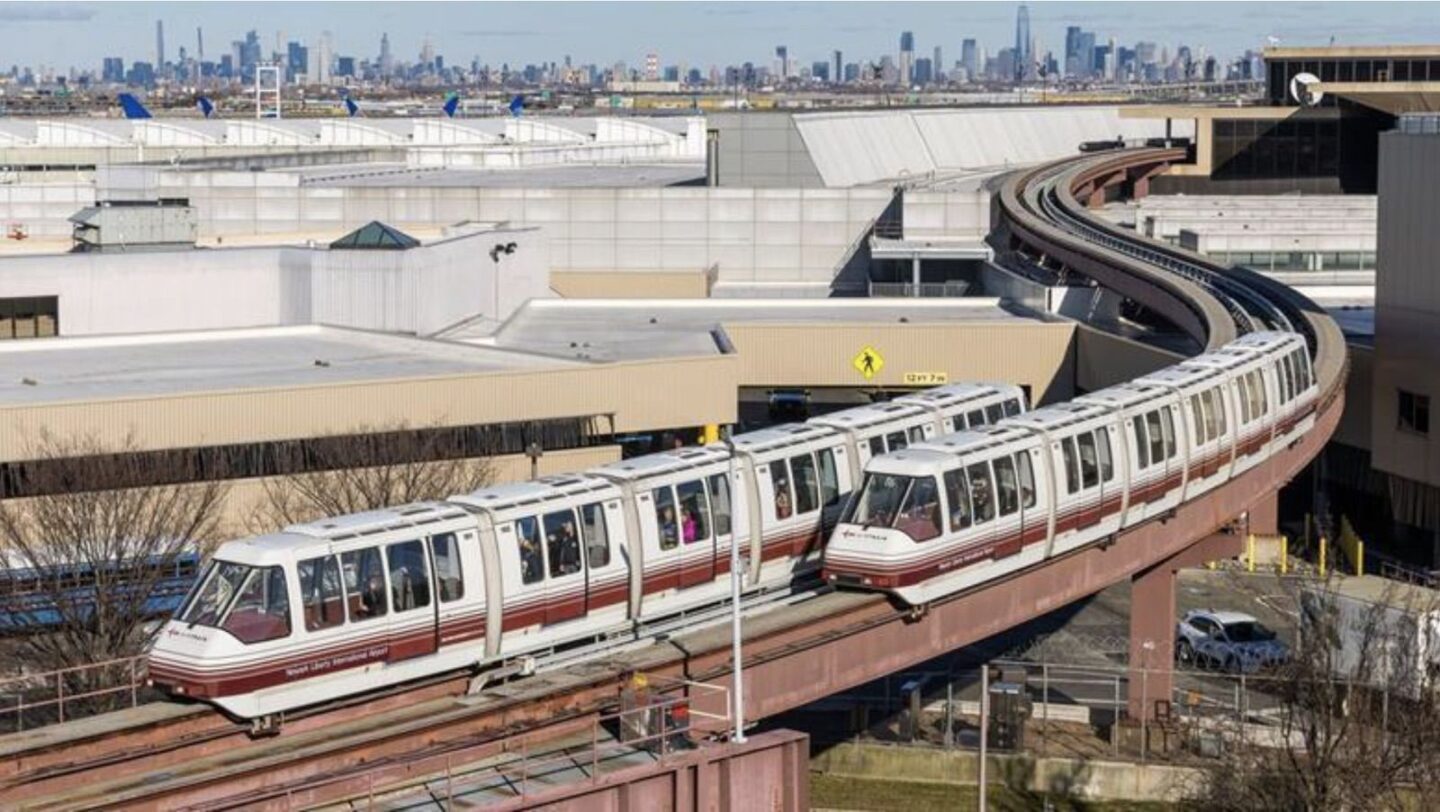
Today, Newark ‘Liberty’ International Airport serves over 40 million passengers a year. Connecting Newark to great cultural and economic capitals across the world. It serves over 50 different airlines while serving as the eastern hub of United Airlines and Federal Express. Newarkers should take pride in the fact that many similar-sized cities like ours may boast about having an ‘international airport’, but the width and breadth of the places our fair city can reach is beyond anything any town in the Midwest can claim. And yet… our success is somewhat bittersweet.
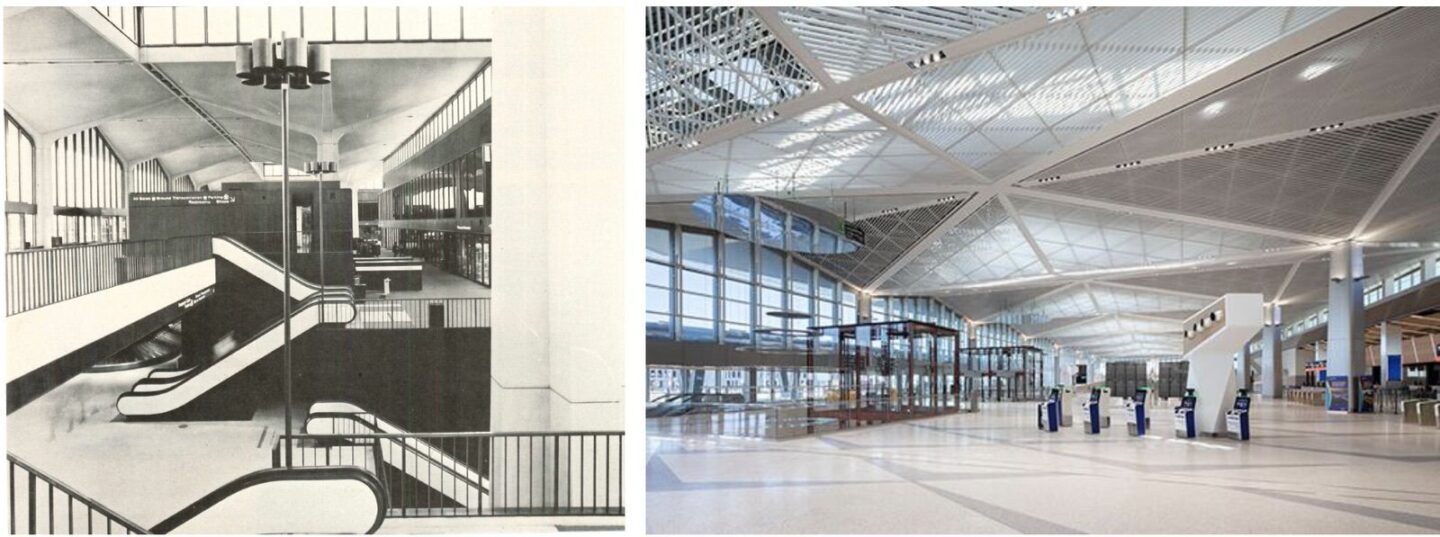
In 1928, Newark Airport was founded to serve our city’s own ambitions to leapfrog the Leviathan across the Hudson at a time when they were failing to get their act together. A technological upheaval was going to transform the way humanity would travel the globe, and they fumbled to the starting line of aviation history. Yet 20 years later we entrusted our most triumphant investment in municipal infrastructure to them. This is evident in the airport’s current form. The concrete whirlpool of highways, overpasses, and interchanges that surround the airport ensures that it operates almost like its own entity, divorced from the city and the aspirations that brought forth its existence. A vortex, built to make crossing the Hudson River faster or to catapult oneself to the suburban wastelands. We have become the neglected parent of our most prosperous and prodigal child.
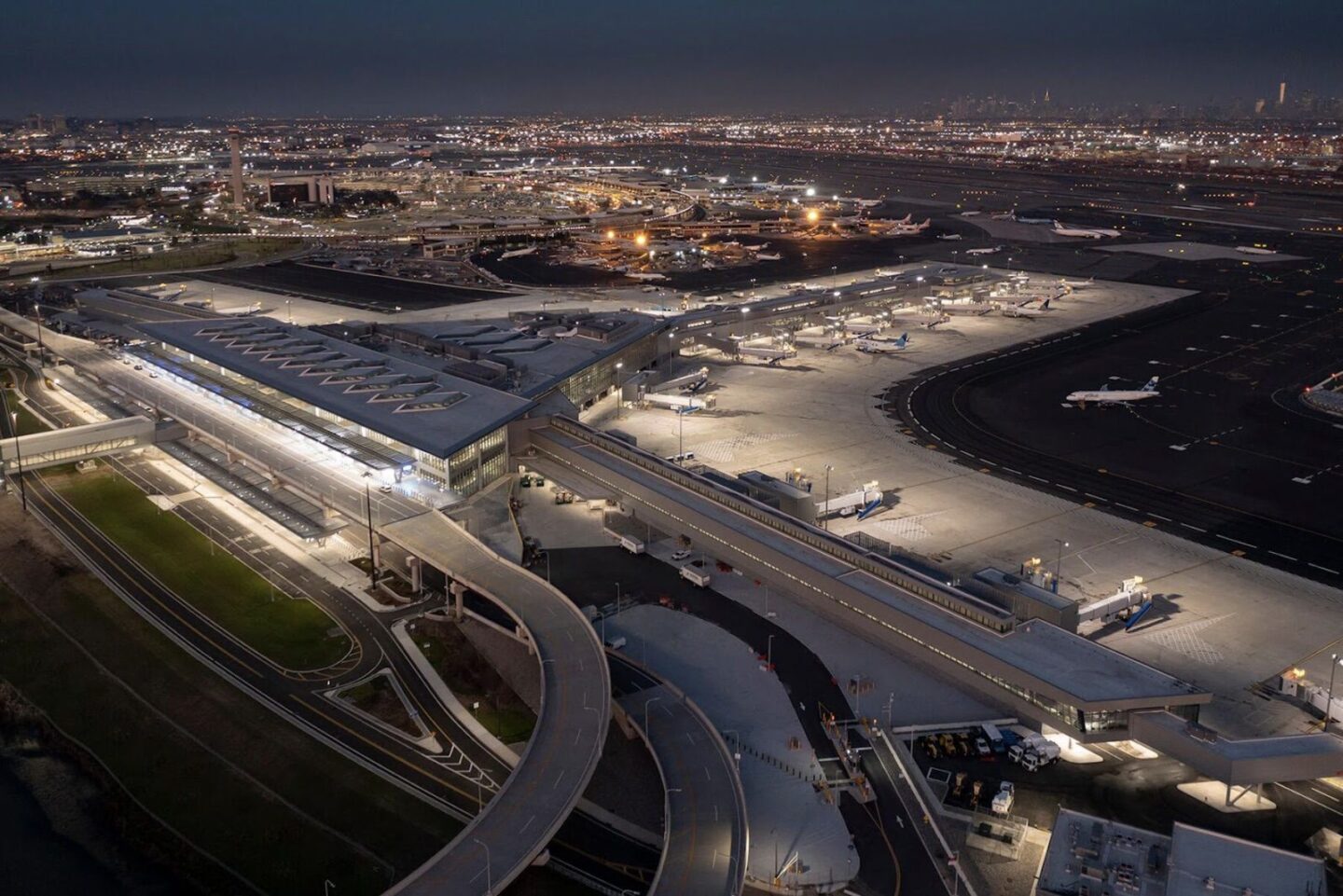
No one can deny how fast and convenient it is to hop on a car from downtown Newark and be immediately whisked to any of the airport’s passenger terminals, but no significant concession was made to integrate the airport more fully into our city’s transit system. Boston, Chicago, and even Philadelphia connect their international hubs directly to public transit with metro and subway lines. Still, we are fortunate that getting to Newark Airport by public buses is still faster and more straightforward than using any other method of travel, public or private, to get to JFK or LaGuardia; a small victory perhaps, but a victory nonetheless.
So, pack your bags, grab your passport, and take off from our namesake avionic gateway to become an ambassador of the Brick City. Tell the world of our ambition, our aspirations, and our endurance. Tell the globe we want to make friends with people from far and wide to enrich ourselves and our communities. Tell the world that Newarkers are ready to do business, and ready to welcome weary travelers with open arms. And when our pompous neighbor mocks us at our airport’s expense, tell them… We beat you once when you weren’t looking, don’t blink, or sooner or later we will return to flying circles around you.


